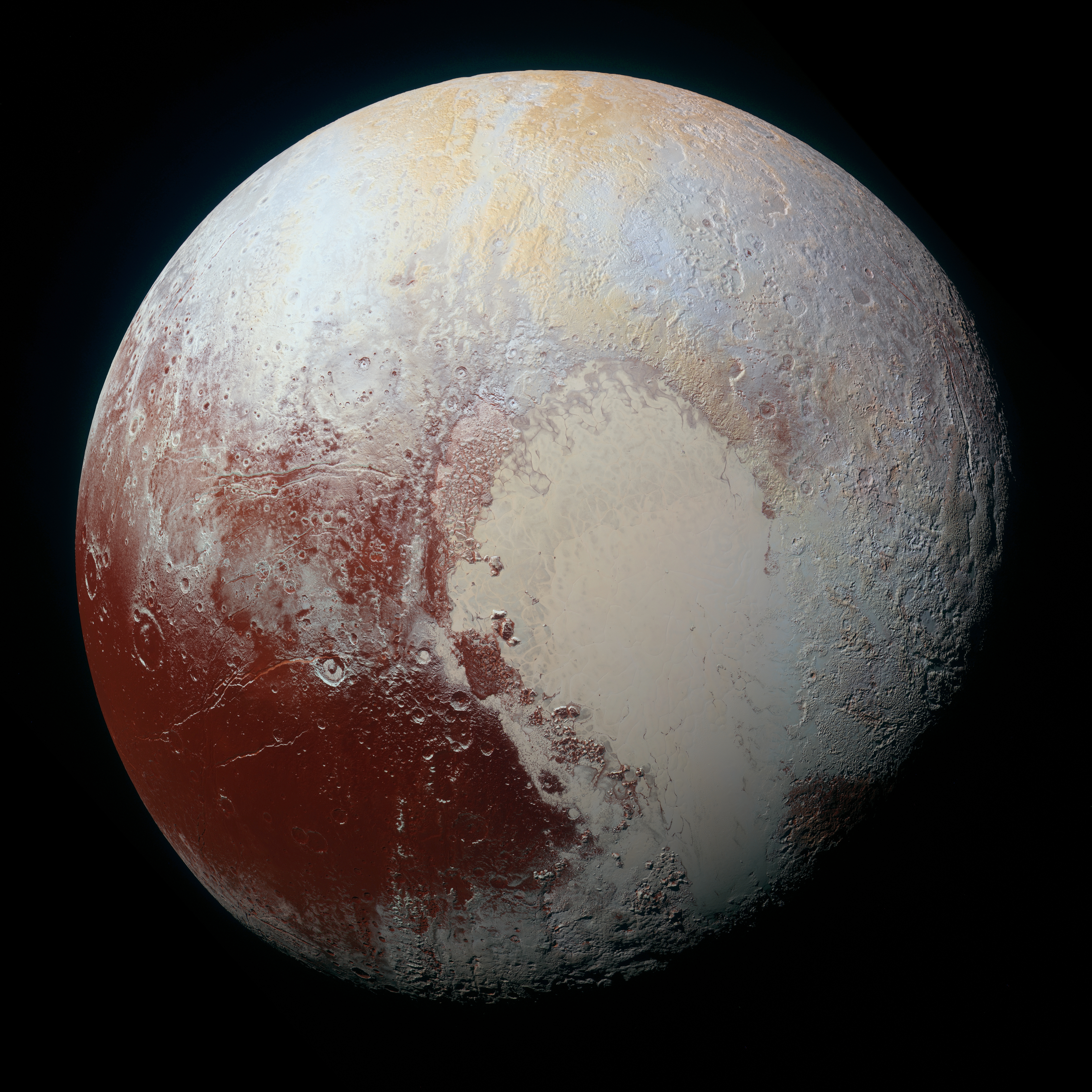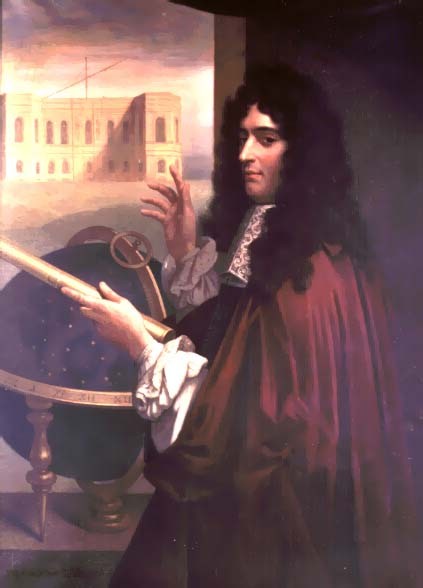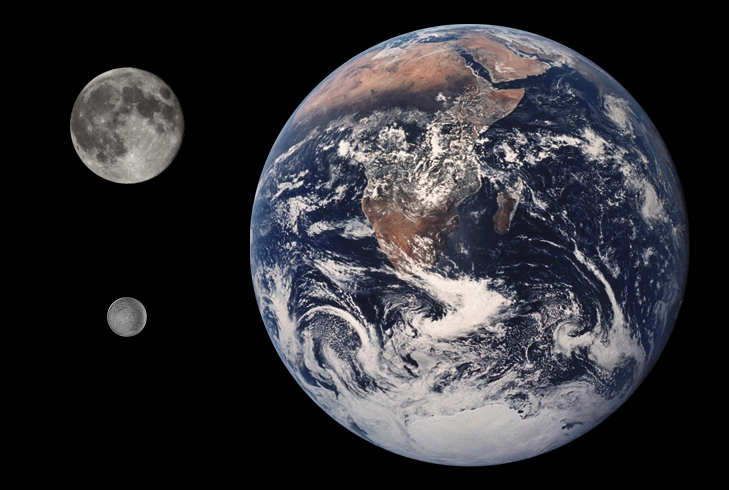|
Chasmata
In planetary nomenclature, a chasma (''plural'': chasmata ) is a deep, elongated, steep-sided depression. As of 2020, the IAU has named 122 such features in the Solar System, on Venus (63), Mars (25), Saturn's satellites Mimas (6), Tethys (2), Dione (8) and Rhea (5), Uranus's satellites Ariel (7), Titania (2) and Oberon (1) and Pluto's satellite Charon (3). An example is Eos Chasma on Mars. Mars Below are images of some of the major chasmata of Mars. The map shows their relative locations. Interior layered deposits and sulfate Parts of the floor of Candor Chasma contains layered deposits that have been termed interior layered deposits (ILD's). These layers may have formed when the whole area was a giant lake. Some places on Mars contain hydrated sulfate deposits. Sulfate formation involves the presence of water. The European Space Agency's Mars Express found evidence of perhaps epsomite and kieserite. Scientists want to visit these areas with robotic rovers. Layers ... [...More Info...] [...Related Items...] OR: [Wikipedia] [Google] [Baidu] |
Valles Marineris
Valles Marineris (; Latin for ''Mariner program, Mariner Valleys'', named after the ''Mariner 9'' Mars orbiter of 1971–72 which discovered it) is a system of canyons that runs along the Mars, Martian surface east of the Tharsis region. At more than long, wide and up to deep, Valles Marineris is one of the largest List of largest rifts and valleys in the Solar System, canyons of the Solar System, surpassed in length only by the rift valleys of the mid-ocean ridge system of Earth. Valles Marineris is located along the equator of Mars, on the east side of the Tharsis Bulge, and stretches for nearly a quarter of the planet's circumference. The canyon system starts in the west with Noctis Labyrinthus; proceeding to the east are Tithonium Chasma, Tithonium and Ius Chasma, Ius chasmata, then Melas Chasma, Melas, Candor Chasma, Candor and Ophir Chasma, Ophir chasmata, then Coprates Chasma, then Ganges Chasma, Ganges, Capri Chasma, Capri and Eos Chasma, Eos chasmata; finally it emptie ... [...More Info...] [...Related Items...] OR: [Wikipedia] [Google] [Baidu] |
Planetary Nomenclature
Planetary nomenclature, like terrestrial nomenclature, is a system of uniquely identifying features on the surface of a planet or natural satellite so that the features can be easily located, described, and discussed. Since the invention of the telescope, astronomers have given names to the surface features they have discerned, especially on the Moon and Mars. To found an authority on planetary nomenclature, the International Astronomical Union (IAU) was organized in 1919 to designate and standardize names for features on Solar System bodies. How names are approved by the IAU When images are first obtained of the surface of a planet or satellite, a theme for naming features is chosen and a few important features are named, usually by members of the appropriate IAU task group (a commonly accepted planet-naming group). Later, as higher resolution images and maps become available, additional features are named at the request of investigators mapping or describing specific surfaces, ... [...More Info...] [...Related Items...] OR: [Wikipedia] [Google] [Baidu] |
Rhea (moon)
Rhea () is the second-largest moon of Saturn and the ninth-largest moon in the Solar System. It is the smallest body in the Solar System for which precise measurements have confirmed a shape consistent with hydrostatic equilibrium. It was discovered in 1672 by Giovanni Domenico Cassini. Discovery Rhea was discovered by Giovanni Domenico Cassini on 23 December 1672. It was the second moon of Saturn that Cassini discovered, and the third moon discovered around Saturn overall. Name Rhea is named after the Titan Rhea of Greek mythology, the "mother of the gods" and wife of Kronos, the Greek counterpart of the god Saturn. It is also designated Saturn V (being the fifth major moon going outward from the planet, after Mimas, Enceladus, Tethys, and Dione). Cassini named the four moons he discovered (Tethys, Dione, Rhea, and Iapetus) ''Sidera Lodoicea'' (the stars of Louis) to honor King Louis XIV. Astronomers fell into the habit of referring to them and Titan as '' ... [...More Info...] [...Related Items...] OR: [Wikipedia] [Google] [Baidu] |
Melas Chasma
Melas Chasma is a canyon on Mars, the widest segment of the Valles Marineris canyon system, located east of Ius Chasma at 9.8°S, 283.6°E in Coprates quadrangle. It cuts through layered deposits that are thought to be sediments from an old lake that resulted from runoff of the valley networks to the west. Other theories include windblown sediment deposits and volcanic ash. Support for abundant, past Water on Mars, water in Melas Chasma is the discovery by Mars Reconnaissance Orbiter, MRO of hydrated sulfates. In addition, sulfate and iron oxides were found by the same satellite. Although not chosen as one of the finalists, it was one of eight potential landing sites for the ''Mars 2020'' rover, a mission with a focus on astrobiology. The floor of Melas Chasma is about 70% younger massive material that is thought to be volcanic ash whipped up by the wind into eolian features. It also contains rough floor material from the erosion of the canyon walls. Around the edges of Melas is a ... [...More Info...] [...Related Items...] OR: [Wikipedia] [Google] [Baidu] |
Candor Chasma
Candor Chasma is one of the largest canyons in the Valles Marineris canyon system on Mars. The feature is geographically divided into two halves: East and West Candor Chasmas, respectively. It is unclear how the canyon originally formed; one theory is that it was expanded and deepened by tectonic processes similar to a graben, while another suggests that it was formed by subsurface water erosion similar to a karst. Mars Reconnaissance Orbiter, MRO discovered sulfates, hydrated sulfates, and iron oxides in Candor Chasma. One of the pictures below shows branched channels. Many places on Mars show channels of different sizes. Many of these channels probably carried water, at least for a time. The climate of Mars may have been such in the past that water ran on its surface. It has been known for some time that Mars undergoes many large changes in its tilt or obliquity because its two small moons lack the gravity to stabilize it, as the Moon stabilizes Earth; at times the tilt of ... [...More Info...] [...Related Items...] OR: [Wikipedia] [Google] [Baidu] |
Ariel (moon)
Ariel is the fourth-largest of the 27 known moons of Uranus. Ariel orbits and rotates in the equatorial plane of Uranus, which is almost perpendicular to the orbit of Uranus and so has an extreme seasonal cycle. It was discovered in October 1851 by William Lassell and named for a character in two different pieces of literature. As of 2019, much of the detailed knowledge of Ariel derives from a single flyby of Uranus performed by the space probe ''Voyager 2'' in 1986, which managed to image around 35% of the moon's surface. There are no active plans at present to return to study the moon in more detail, although various concepts such as a Uranus Orbiter and Probe have been proposed. After Miranda, Ariel is the second-smallest of Uranus's five major rounded satellites and the second-closest to its planet. Among the smallest of the Solar System's 19 known spherical moons (it ranks 14th among them in diameter), it is believed to be composed of roughly equal parts ice and rocky ma ... [...More Info...] [...Related Items...] OR: [Wikipedia] [Google] [Baidu] |
Dione (moon)
Dione () is a moon of Saturn. It was discovered by Italian astronomer Giovanni Domenico Cassini in 1684. It is named after the Titaness Dione of Greek mythology. It is also designated Saturn IV. Name Giovanni Domenico Cassini named the four moons he discovered ( Tethys, Dione, Rhea and Iapetus) ''Sidera Lodoicea'' ("the stars of Louis") to honor king Louis XIV. Cassini found Dione in 1684 using a large aerial telescope he set up on the grounds of the Paris Observatory. The satellites of Saturn were not named until 1847, when William Herschel's son John Herschel published ''Results of Astronomical Observations made at the Cape of Good Hope,'' suggesting that the names of the Titans (sisters and brothers of Cronus) be used. Orbit Dione orbits Saturn with a semimajor axis about 2% less than that of the Moon. However, reflecting Saturn's greater mass (95 times that of Earth), Dione's orbital period is one tenth that of the Moon. Dione is currently in a 1:2 mean-motion or ... [...More Info...] [...Related Items...] OR: [Wikipedia] [Google] [Baidu] |
Ganges Chasma
Ganges Chasma is a deep canyon at the eastern end of the vast Valles Marineris system on Mars, an offshoot of Capri Chasma, and is in the Coprates quadrangle. It is named after the River Ganges in South Asia. Ganges Chasma is thought to have formed through a series of catastrophic discharges of water and CO2 from chaos terrains such as that preserved in Ganges Chaos at its southern margin. Most of the evidence for these discharges and the ensuing collapses is believed to have been washed away. Prior to developing an outlet that joined it to Capri Chasma and the connected outflow channels to its east, Ganges Chasma may at some point in the Noachian period have contained a lake which drained northward through partially subsurface pathways into Shalbatana Vallis. File:Xantheterra6.jpg, Map of Xanthe Terra that shows location of Ganges Chasma and other major features Image:Ganges Chasma.JPG, Cliff in northern wall of Ganges Chasma, as seen by THEMIS. Click on image to see relatio ... [...More Info...] [...Related Items...] OR: [Wikipedia] [Google] [Baidu] |
Ius Chasma
Ius Chasma is a large canyon in the Coprates quadrangle of Mars at 7° south latitude and 85.8° west longitude. It is about 938 km long and was named after a classical albedo feature name. Valles Marineris Canyon System Ius Chasma is a major part of Valles Marineris, the largest canyon system in the solar system; this great canyon would go almost all the way across the United States. Starting at the west with Noctis Labyrinthus in the Phoenicis Lacus quadrangle, the canyon system ends in the Margaritifer Sinus quadrangle with Capri Chasma and Eos Chasma (in the south). The word ''chasma'' has been designated by the International Astronomical Union to refer to an elongate, steep-sided depression. Valles Marineris was discovered by and named for the Mariner 9 mission. Moving east from Noctis Labyrinthus, the canyon splits into two troughs, Tithonium and Ius Chasma in the south. In the middle of the system are very wide valleys of Ophir Chasma (north), Candor Chasma, an ... [...More Info...] [...Related Items...] OR: [Wikipedia] [Google] [Baidu] |
Mimas (moon)
Mimas , also designated Saturn I, is a moon of Saturn discovered in 1789 by William Herschel. It is named after Mimas, a son of Gaia in Greek mythology. With a diameter of , it is the smallest astronomical body that is known to still be rounded in shape because of self-gravitation. However, Mimas is not actually in hydrostatic equilibrium for its current rotation. Discovery Mimas was discovered by the astronomer William Herschel on 17 September 1789. He recorded his discovery as follows: "I continued my observations constantly, whenever the weather would permit; and the great light of the forty-feet speculum was now of so much use, that I also, on the 17th of September, detected the seventh satellite, when it was at its greatest preceding elongation." The 40-foot telescope was a metal mirror reflecting telescope built by Herschel, with a aperture. The 40 feet refers to the length of the focus, not the aperture diameter as more common with modern telescopes. Name Mima ... [...More Info...] [...Related Items...] OR: [Wikipedia] [Google] [Baidu] |
Tethys (moon)
Tethys (), or Saturn III, is a mid-sized moon of Saturn about across. It was discovered by G. D. Cassini in 1684 and is named after the titan Tethys of Greek mythology. Tethys has a low density of 0.98 g/cm3, the lowest of all the major moons in the Solar System, indicating that it is made of water ice with just a small fraction of rock. This is confirmed by the spectroscopy of its surface, which identified water ice as the dominant surface material. A small amount of an unidentified dark material is present as well. The surface of Tethys is very bright, being the second-brightest of the moons of Saturn after Enceladus, and neutral in color. Tethys is heavily cratered and cut by a number of large faults/graben. The largest impact crater, Odysseus, is about 400 km in diameter, whereas the largest graben, Ithaca Chasma, is about 100 km wide and more than 2000 km long. These two largest surface features may be related. A small part of the surface is covered ... [...More Info...] [...Related Items...] OR: [Wikipedia] [Google] [Baidu] |
Lava
Lava is molten or partially molten rock (magma) that has been expelled from the interior of a terrestrial planet (such as Earth) or a moon onto its surface. Lava may be erupted at a volcano or through a fracture in the crust, on land or underwater, usually at temperatures from . The volcanic rock resulting from subsequent cooling is also often called ''lava''. A lava flow is an outpouring of lava during an effusive eruption. (An explosive eruption, by contrast, produces a mixture of volcanic ash and other fragments called tephra, not lava flows.) The viscosity of most lava is about that of ketchup, roughly 10,000 to 100,000 times that of water. Even so, lava can flow great distances before cooling causes it to solidify, because lava exposed to air quickly develops a solid crust that insulates the remaining liquid lava, helping to keep it hot and inviscid enough to continue flowing. The word ''lava'' comes from Italian and is probably derived from the Latin word ''labes ... [...More Info...] [...Related Items...] OR: [Wikipedia] [Google] [Baidu] |








